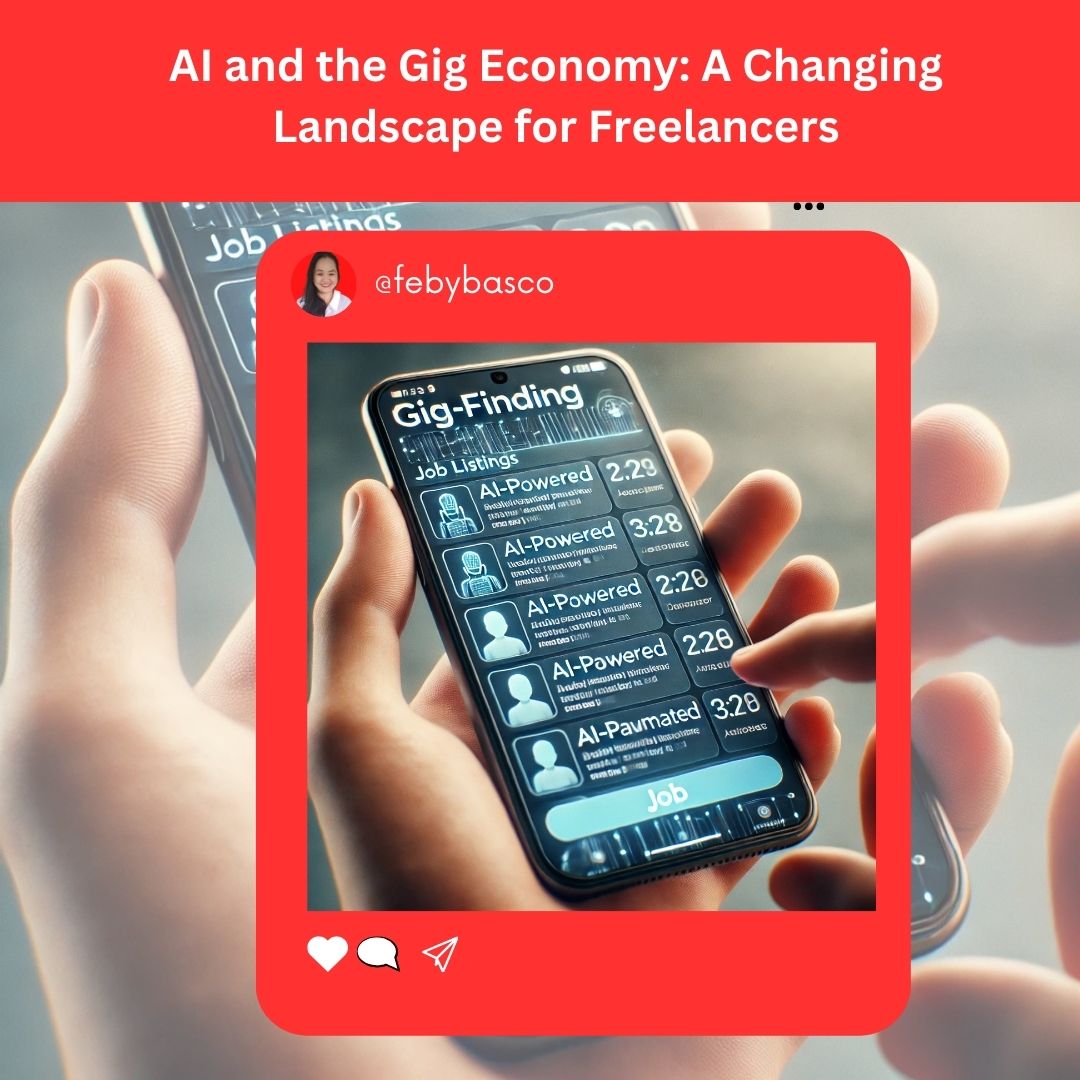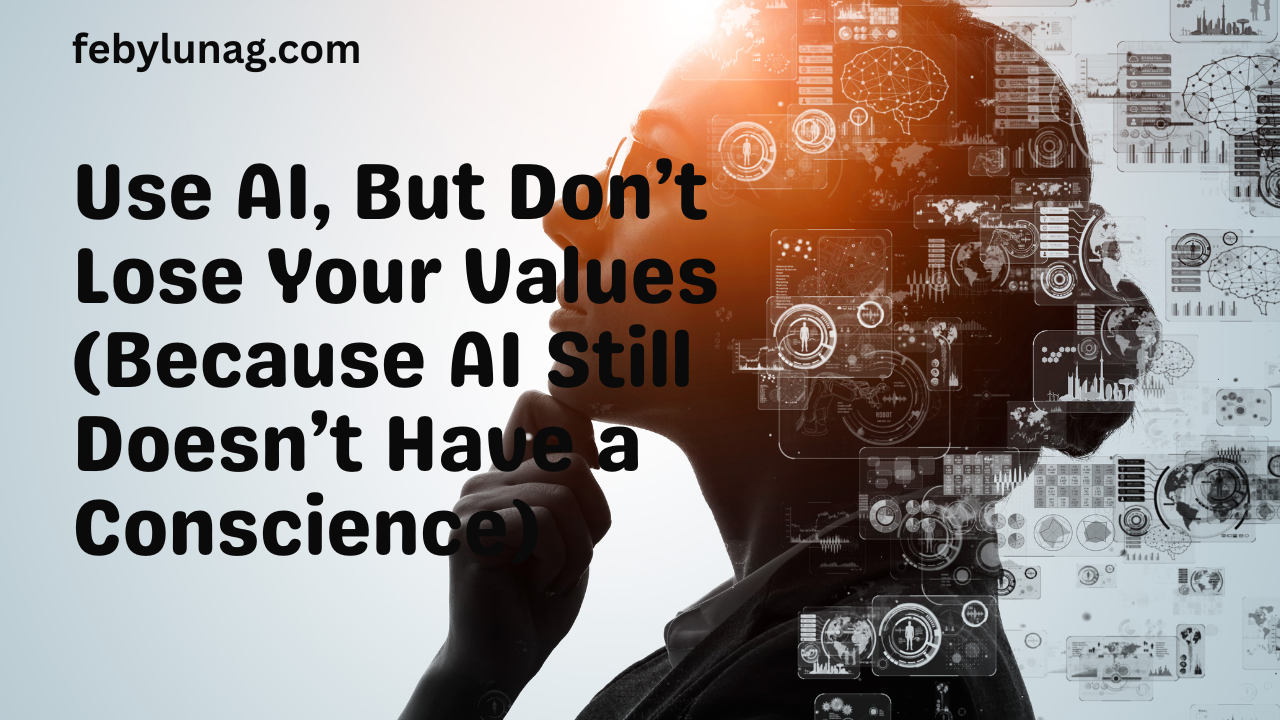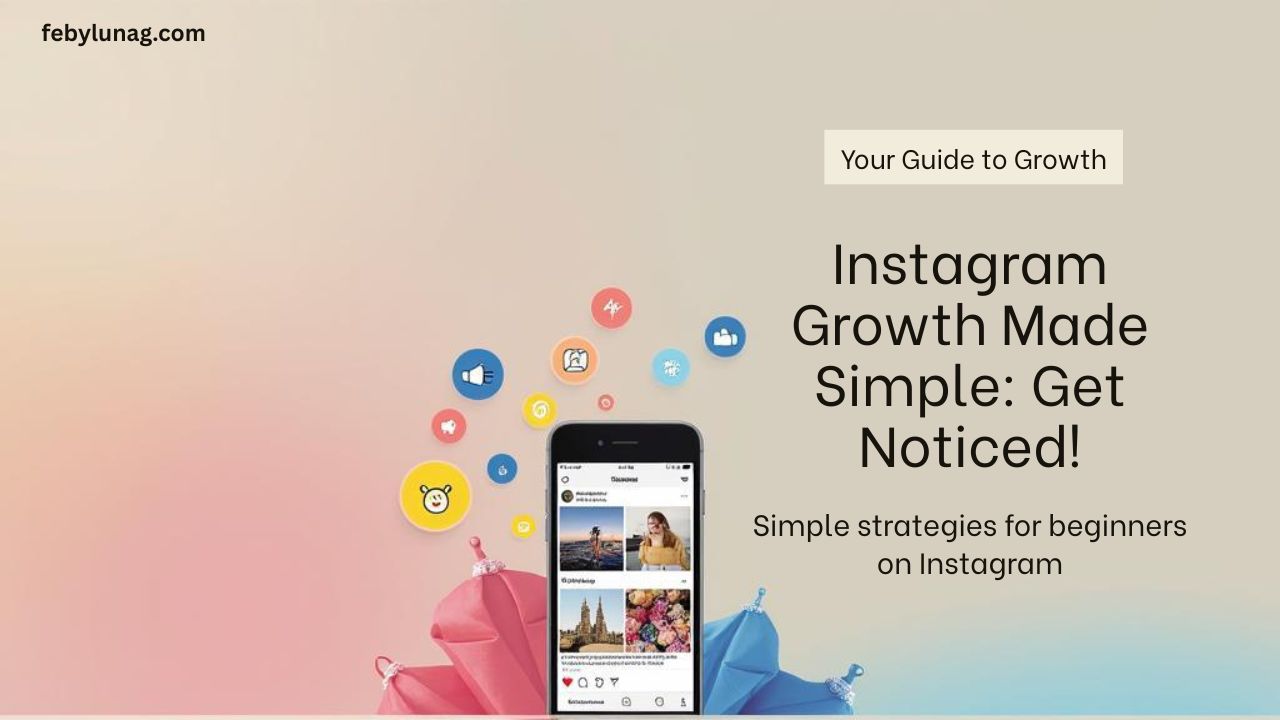The gig economy, with its freelancers, independent contractors, and on-demand workers, has been booming for years. It offers flexibility and autonomy, attracting everyone from writers and designers to drivers and delivery personnel. But now, a powerful new force is entering the scene: Artificial Intelligence (AI). AI isn’t just some futuristic concept; it’s already reshaping how gig work is found, performed, and managed. This article will explore how, in plain English.
1. Finding the Gigs: AI as Your Personal Job Matchmaker
Traditionally, finding gig work meant sifting through countless online listings, networking, and often relying on word-of-mouth. AI is streamlining this process, acting like a super-powered job-matching service.
Think of platforms like Upwork, Fiverr, or even ride-sharing apps. These platforms are increasingly using AI in the following ways:
- Smart Search and Recommendations: Instead of you endlessly searching, AI algorithms analyze your skills, experience (from your profile and past work), and even your preferred working hours. They then suggest relevant gigs that are a good fit, saving you valuable time and effort.
- Predictive Matching: Some platforms are starting to use AI to predict which gigs you’re most likely to be successful at. This goes beyond just matching keywords; the AI looks at factors like your past performance, client feedback, and even the communication style in your proposals to suggest gigs where you have a high probability of landing the job and doing well.
- Combating Bias (Ideally): While AI has the potential to be biased (more on that later), it can also be designed to reduce bias. For instance, an AI could be programmed to focus on skills and experience rather than demographics when matching workers with gigs. This is an ongoing area of development, and requires careful attention.
Table 1: AI-Powered Job Matching
| Feature | How it Works | Benefit to Gig Worker | Potential Drawback |
|---|---|---|---|
| Smart Search | AI analyzes keywords and context to find relevant gigs. | Less time spent searching, more relevant results. | May miss gigs with slightly different wording, even if they’re a good fit. |
| Recommendations | AI suggests gigs based on your profile and past activity. | Personalized suggestions, discover opportunities you might miss. | Can create a “filter bubble,” showing you only similar gigs, limiting exposure. |
| Predictive Matching | AI estimates your likelihood of success on a particular gig. | Higher chance of landing jobs, increased earning potential. | Relies on past data; may disadvantage new gig workers or those trying new skills. |
2. Getting the Work Done: AI as Your Co-Worker (and Sometimes Your Boss)
AI isn’t just about finding work; it’s also changing how the work gets done. This is happening in several ways:
- Automated Tasks: Many gig jobs involve repetitive tasks. AI excels at automation. For example:
- Writing & Editing: AI tools like Grammarly can help with grammar, spelling, and even suggest better phrasing. More advanced tools can generate basic content, like product descriptions or social media posts (though human oversight is crucial!).
- Data Entry & Processing: AI can automate data entry, categorize information, and even perform basic analysis, freeing up gig workers to focus on more complex tasks.
- Customer Service: Chatbots powered by AI can handle basic customer inquiries, freeing up human agents to deal with more complicated issues.
- Image and video editing: AI powered tools can make suggestions on how to edit images, and can provide automated options for basic editing tasks.
- Skill Enhancement: AI-powered tools can help gig workers improve their existing skills or learn new ones. For instance:
- Language Learning Apps: Apps like Duolingo use AI to personalize lessons and provide feedback.
- Coding Assistance: AI-powered tools can help developers write code more efficiently, suggest solutions to problems, and even identify bugs.
- Design Tools: AI can suggest design layouts, color palettes, and even generate variations of a design, helping designers work faster and explore different options.
- Performance Monitoring (The “Boss” Side): This is where things get a bit more complicated. Some platforms use AI to monitor worker performance, track productivity, and even make decisions about pay or access to future gigs.
- Ride-sharing Apps: AI tracks driver behavior (speed, braking, etc.) and uses this data to assess performance and potentially penalize drivers.
- Freelance Platforms: Some platforms track time spent on tasks, keystrokes, or even use facial recognition to monitor engagement. This raises concerns about privacy and fairness.
Table 2: AI Impacting Gig Work Execution
| Area | AI Application | Benefit to Gig Worker | Potential Drawback |
|---|---|---|---|
| Automated Tasks | Content generation, data entry, basic customer service. | Increased efficiency, focus on higher-value tasks. | Potential job displacement for tasks that are fully automated; need for human oversight to ensure quality. |
| Skill Enhancement | Language learning, coding assistance, design suggestions. | Improved skills, increased marketability, faster workflow. | Reliance on AI tools may hinder development of independent skills; potential for over-reliance. |
| Performance Monitoring | Tracking productivity, assessing worker behavior. | (Potentially) objective performance evaluation, fairer pay. | Privacy concerns; potential for algorithmic bias; pressure to constantly perform at a high level, leading to burnout. |
3. The Big Picture: Opportunities and Challenges
AI’s impact on the gig economy is a double-edged sword. It presents both significant opportunities and serious challenges.
Opportunities:
- Increased Efficiency: AI can help gig workers find work faster, complete tasks more efficiently, and potentially earn more.
- Greater Flexibility: AI-powered tools can help gig workers manage their time better, work from anywhere, and take on a wider variety of projects.
- New Skill Development: AI can help gig workers learn new skills and stay competitive in a rapidly changing job market.
- Access to Global Markets: AI-powered translation tools and communication platforms can help gig workers connect with clients and opportunities around the world.
Challenges:
- Job Displacement: As AI becomes more sophisticated, it may automate tasks that are currently performed by gig workers, leading to job losses in some sectors.
- Algorithmic Bias: AI algorithms are trained on data, and if that data reflects existing biases (e.g., gender or racial bias), the AI may perpetuate those biases, leading to unfair outcomes for some gig workers.
- Privacy Concerns: The use of AI to monitor worker performance raises significant privacy concerns, particularly when it comes to tracking keystrokes, facial expressions, or other personal data.
- The “Always-On” Culture: The gig economy, amplified by AI, can create pressure to be constantly available and responsive, leading to burnout and work-life imbalance.
- Lack of Worker Protections: Gig workers often lack the traditional protections of employees (e.g., minimum wage, health insurance, paid time off). AI-powered platforms may exacerbate this issue by further blurring the lines between employee and contractor.
- Skill Gaps: While AI can assist with skills, there’s also a risk of a growing divide. Gig workers who can leverage AI effectively will thrive, while those who lack access to the technology or the skills to use it may be left behind. Continuous learning and adaptation become crucial.
4. Navigating the Future: What Gig Workers Can Do
The rise of AI in the gig economy is not something to be feared, but it is something to be prepared for. Here are some steps gig workers can take:
- Embrace Lifelong Learning: The most important skill in the age of AI is the ability to learn new skills. Focus on developing skills that are complementary to AI, such as critical thinking, creativity, problem-solving, and emotional intelligence.
- Specialize and Differentiate: Focus on developing expertise in a niche area where AI is less likely to replace human skills. For example, instead of being a general “writer,” become a specialist in a particular type of writing (e.g., technical writing, grant writing, creative writing).
- Build Your Human Network: While AI can help you find gigs, human connections remain incredibly important. Network with other gig workers, clients, and industry professionals.
- Understand the Platforms: Be aware of how the platforms you use are employing AI. Read the terms of service, understand how your data is being used, and be mindful of your privacy.
- Advocate for Fair Practices: Support organizations and initiatives that are working to ensure that AI is used ethically and fairly in the gig economy. This includes advocating for worker protections, data privacy, and algorithmic transparency.
- Experiment with AI Tools: Don’t be afraid to try out new AI-powered tools that can help you with your work. Experiment, learn, and adapt.
Conclusion
AI is fundamentally changing the gig economy, creating both opportunities and challenges for freelancers and independent contractors. By understanding how AI is being used, adapting to the changing landscape, and focusing on developing uniquely human skills, gig workers can position themselves for success in this new era. It’s not about humans versus AI; it’s about humans with AI, working together to create a more efficient, flexible, and hopefully, more equitable future for the gig economy. The key is to be proactive, informed, and adaptable. The gig economy is evolving, and those who embrace the change will be best positioned to thrive.







Leave a Reply